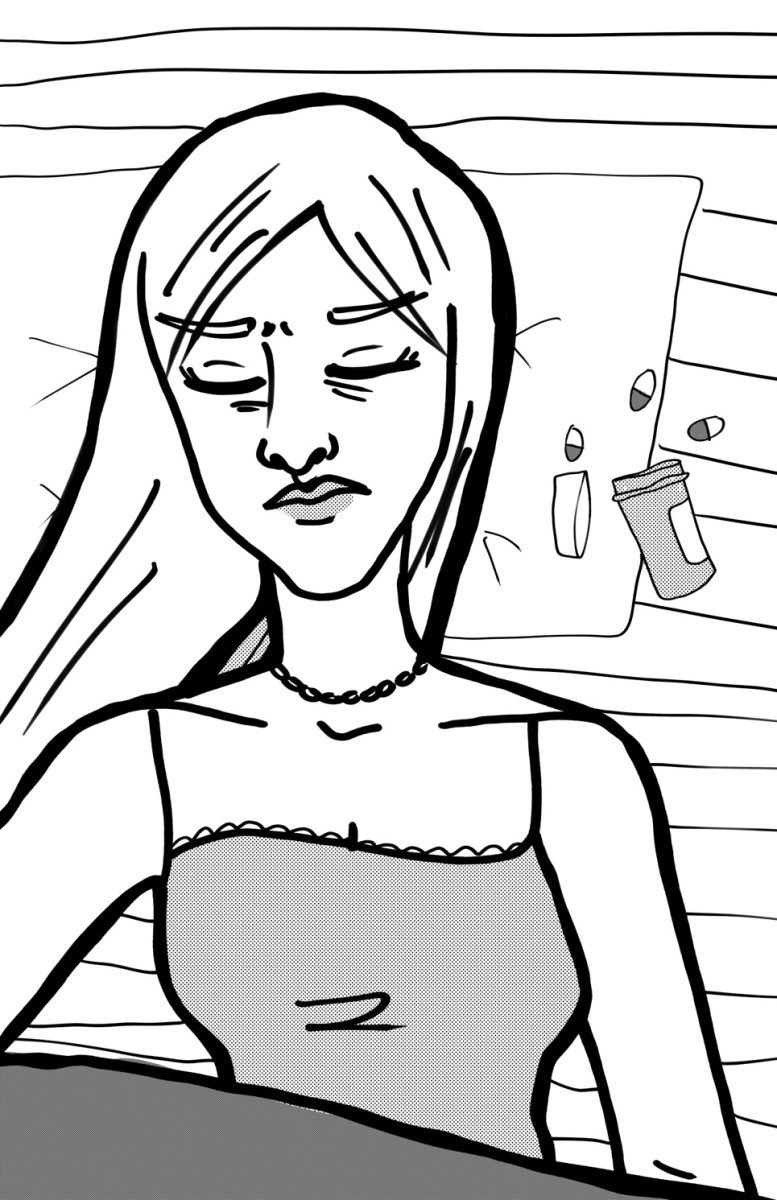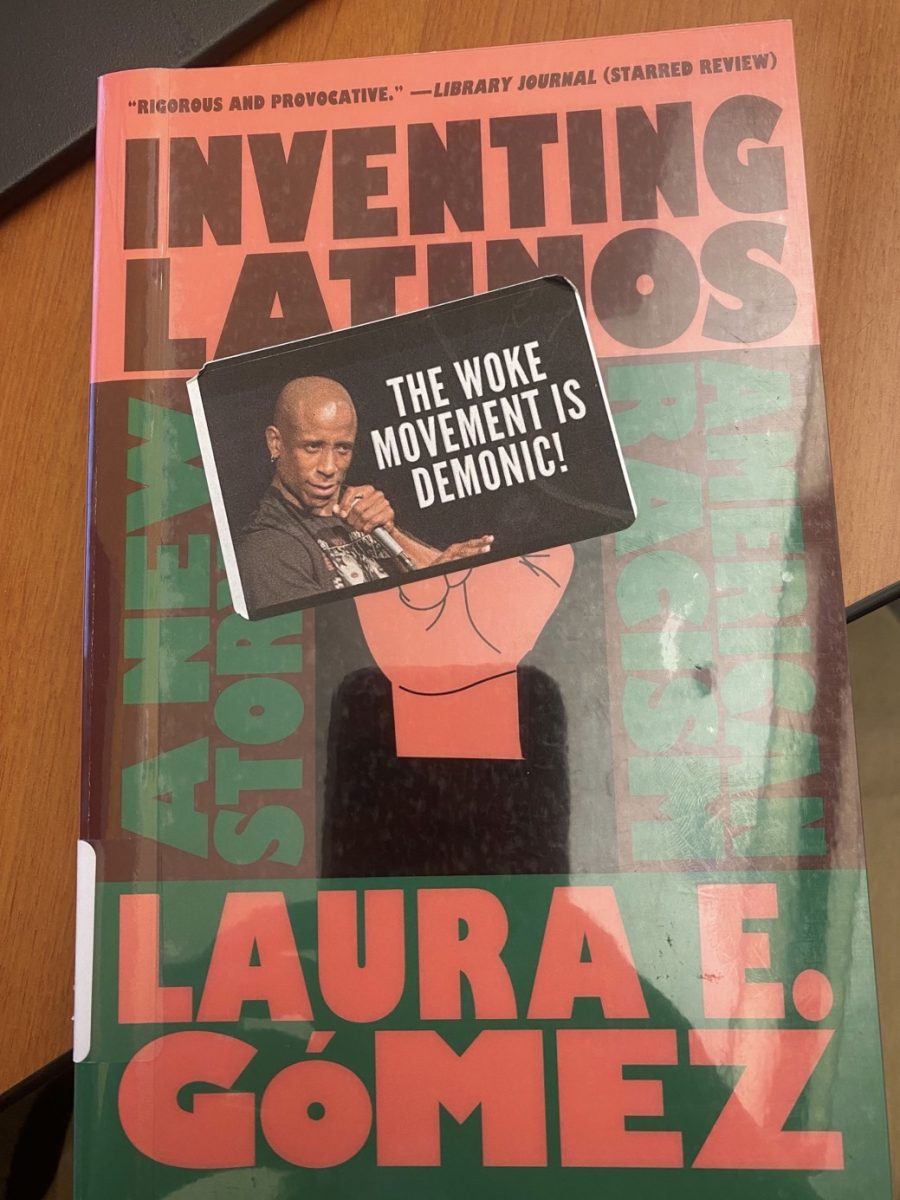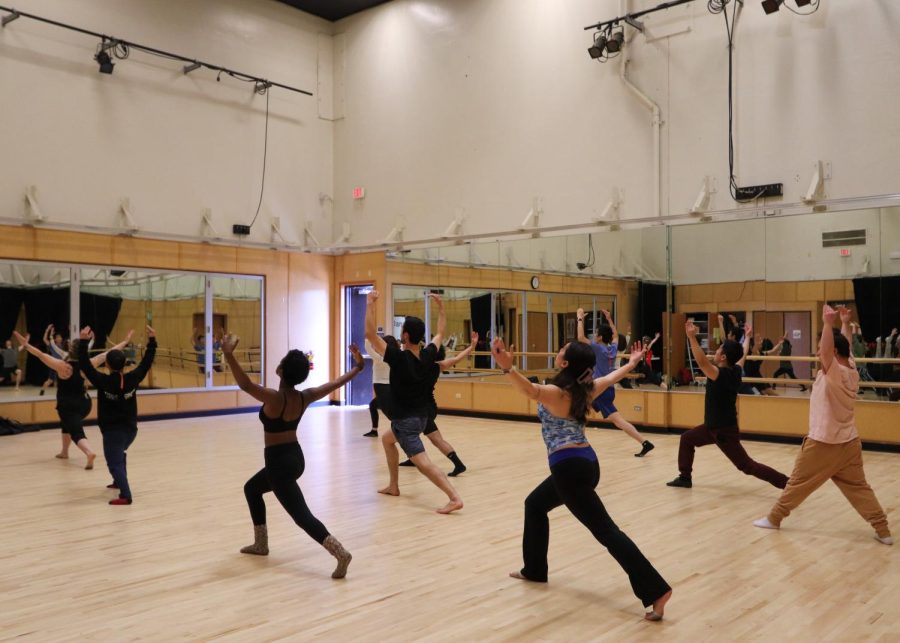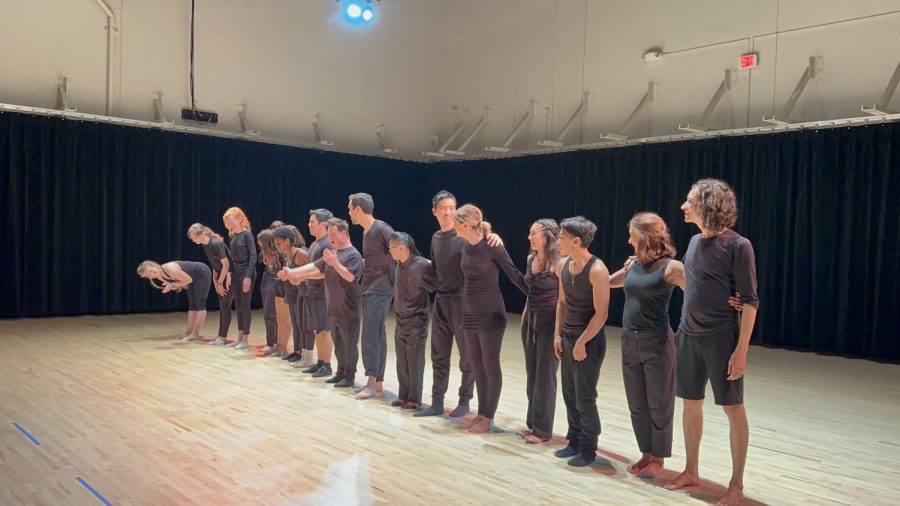Most people cringe when they see an athlete go down on the field, curled up in pain and clutching a leg or an arm. They see the coach run over, and they see the athlete being carried off a stretcher.
But what many people don’t see is what happens right afterwards – the athlete being rushed to get medical attention, and the long rehabilitation process that follows.
While Skyline doesn’t have the resources of dedicated medical facilities, it does have people like Jo Silken, the Head Athletic Trainer at Skyline College. It is her job to help members of Skyline sports teams recover from whatever injuries they might sustain.
Over the course of her career, she’s seen a wide range of injuries ranging from simple sprained ankles to issues as severe as a mid-game heart attack – although to be fair the heart attack wasn’t technically an injury.
Many of the more severe injuries that she’s seen, however, tend to come from sports like wrestling and, perhaps surprisingly, soccer.
Wrestling makes sense for a high-injury sport, with the two participants actually seeking to physically defeat the other by twisting, shoving, throwing and pinning their opponent into submission. Generally injuries from this sport involve neck and back sprains, although they’ve seen injuries as serious as dislocations.
Soccer sees its share of injuries as well – mostly in the lower body, as one might expect. However, they have been facing unique problems due to the artificial turf the field is on. The turf is designed to keep the field dry
“It’s actually softer than running on the dirt field,” Silken said. “So when the field is really soft, what happens is when you’re running, you get more foot motion going on, and then you get more stress to all the muscles that support the lower leg.”
Although any injuries that might be caused by this depend heavily on the person and the sport, it does tend to cause an unhealthy tension on the muscles, and athletes experiencing this often have to buy special arch support for their shoes.
According to Silken, Skyline actually offers several courses in sports medicine and even a medical internship, which are good opportunities not only for people interested in sports medicine, but for anyone interested in entering medicine or therapy in general and want experience working directly with a patient.
Whatever your interest is, sports medicine is an obscure and perhaps underappreciated part of athletics, and it’s an important part of the process that people like Jo Silken are there to help the athletes get up when they fall down.









